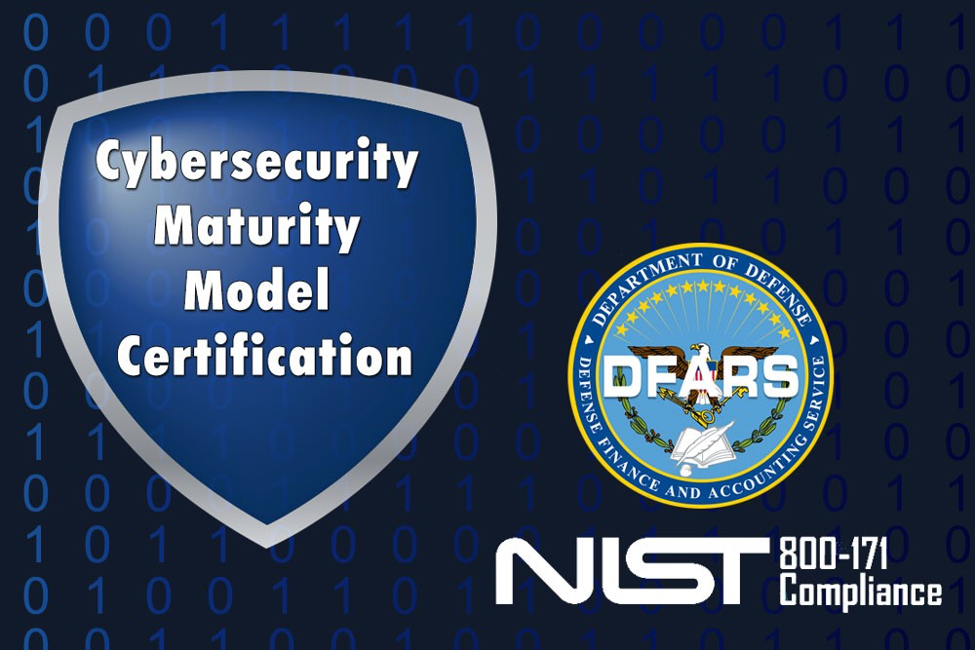With the number of security threats growing at an alarming rate, the US is raising awareness on the importance of cybersecurity within both public and private networks. The goal behind their efforts is to ensure that all businesses, organizations, and individuals take necessary precautions to secure their data and devices. Most importantly, the government is paying closer attention to the Federal Supply Chain and the means of securing their contracting systems. CMMC or Cybersecurity Maturity Model Certification is one of the security compliances that they’re looking for.
What is CMMC?
Most simply put, the Cybersecurity Maturity Model Certification is a security standard that refers to the way cybersecurity is implemented throughout the Defense Industrial Base or DIB. CMMC is used to verify the processes of implementation and the practicing of certain security measures. The framework is structured in a way that it allows for comprehensive and scalable certification, depending on the level of cybersecurity measures implemented within a specific organization. The CMMC compliance shows the government that a specific DIB company can securely and adequately handle classified information without putting it to risk.
Federal government contractors are required to use and store large amounts of sensitive data. Their systems must be properly secured and in compliance with certain standards, the main being the Cybersecurity Maturity Model Certification. Eventually, all DoD contractors will have to meet the CMMC compliance in order to get hired. This rule was officially rolled out on December 1st, 2020, and it will be implemented over five years. After this period, the CMMC will fully apply to all DoD contractors.
The Levels of CMMC Compliance
It is important to understand that the CMMC standard consists of five maturity levels. Throughout these levels, there are 171 cybersecurity practices neatly organized in a way that is simple and easy to follow. Such a comprehensive structure ensures that all measures are consistent and repeatable.
The first level of CMMC practices refers to the basic cyber hygiene. It consists of 17 simple practices that should be quick and easy to implement. Once you cross those off the list, you move onto level 2, which stands for intermediate cyber hygiene. This level includes a total of 48 practices from the NIST SP 800-171 r1 plan. It also includes 7 additional security practices to boost intermediate cyber hygiene. Moving on to level 3, this is where you start implementing good cyber hygiene with a total of 130 practices that fully comply with the FAR. This level also includes additional 20 practices for better security optimization. At levels 4 and 5, you start to take action toward reducing the risk of APTs or Advanced Persistent Threats.
While most contractors will be required to obtain CMMC certification at a level between 1 and 3, it is good to keep the advanced levels in mind if you want to work on bringing security to the highest level. At level 4, you will be considered a proactive practitioner of cybersecurity measures with a total of 156 practices to comply with. Once done, you’re left with level 5, also known as the advanced/progressive level that has a total of 171 practices including 11 practices designed to demonstrate an advanced cybersecurity program.
Getting Started with CMMC
After implementing security practices listed within the CMMC framework, you will go through a certification process to verify that you’ve implemented these security measures. It is this certification that you’ll need in order to get hired as a contractor who deals with high levels of unsecured data. In order to get started, assess your current security situation, create a plan and document your milestones. Once applied, make sure to maintain compliance by regularly practicing the same security measures.



 714-333-9620
714-333-9620